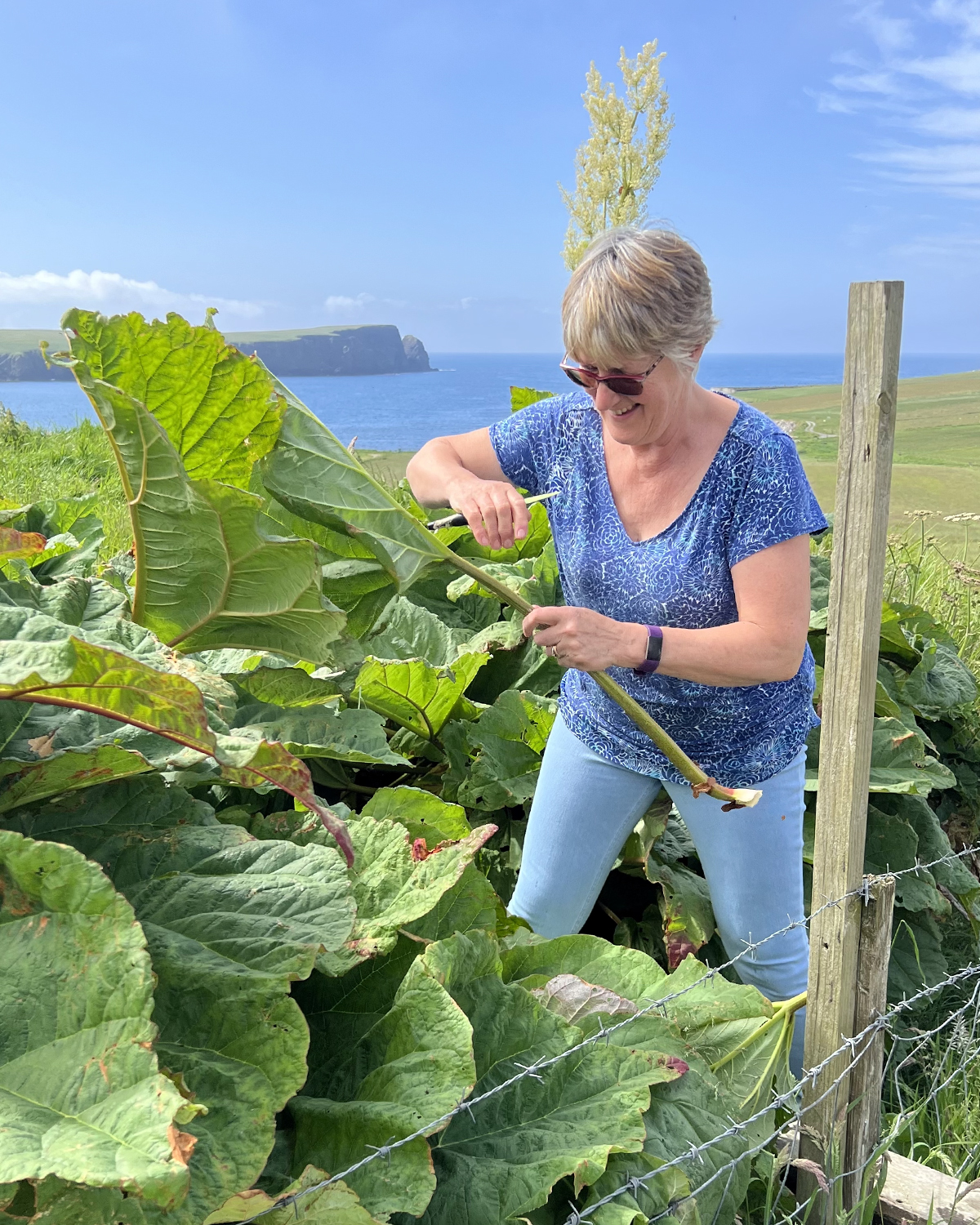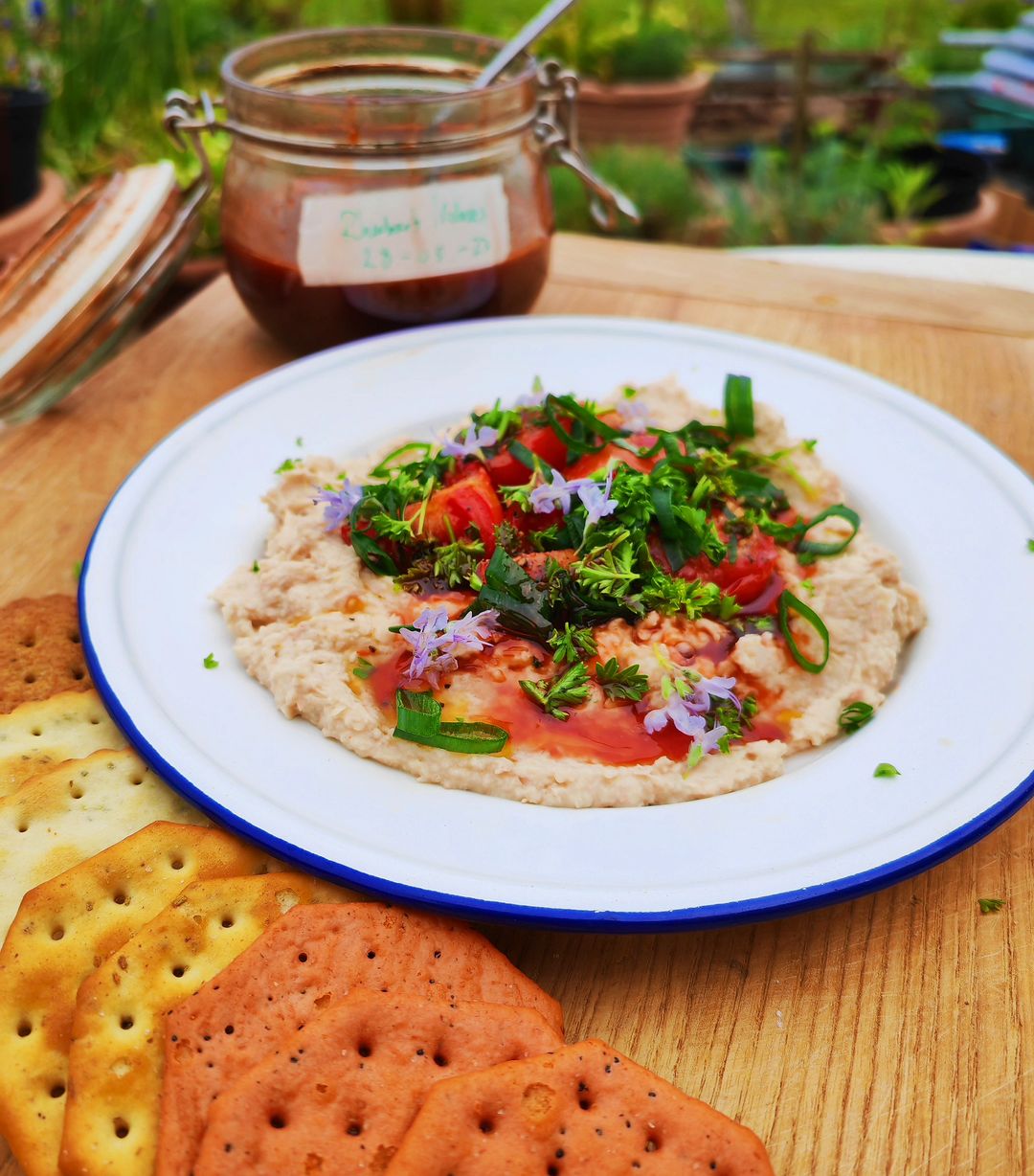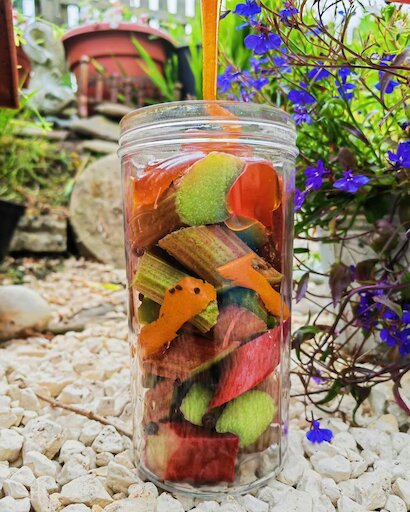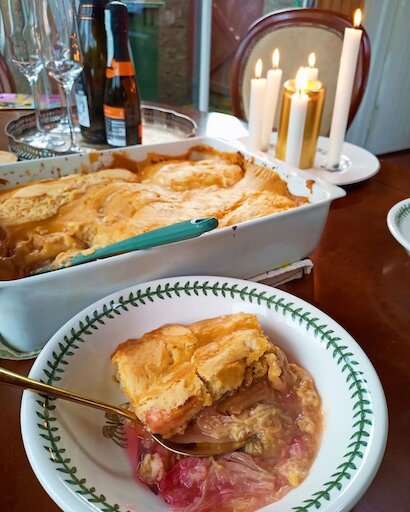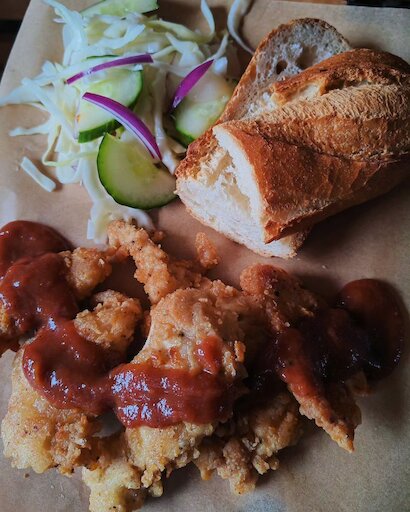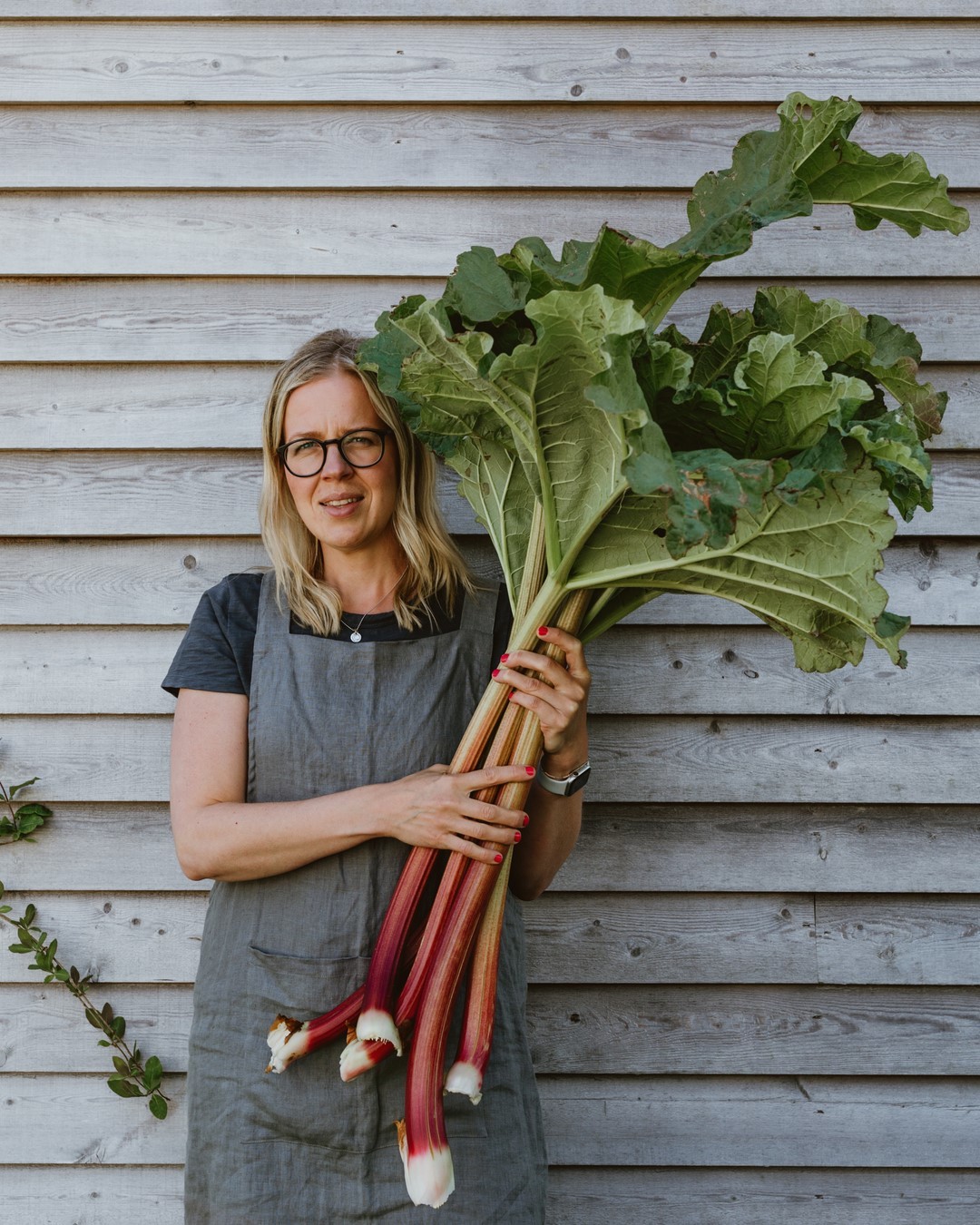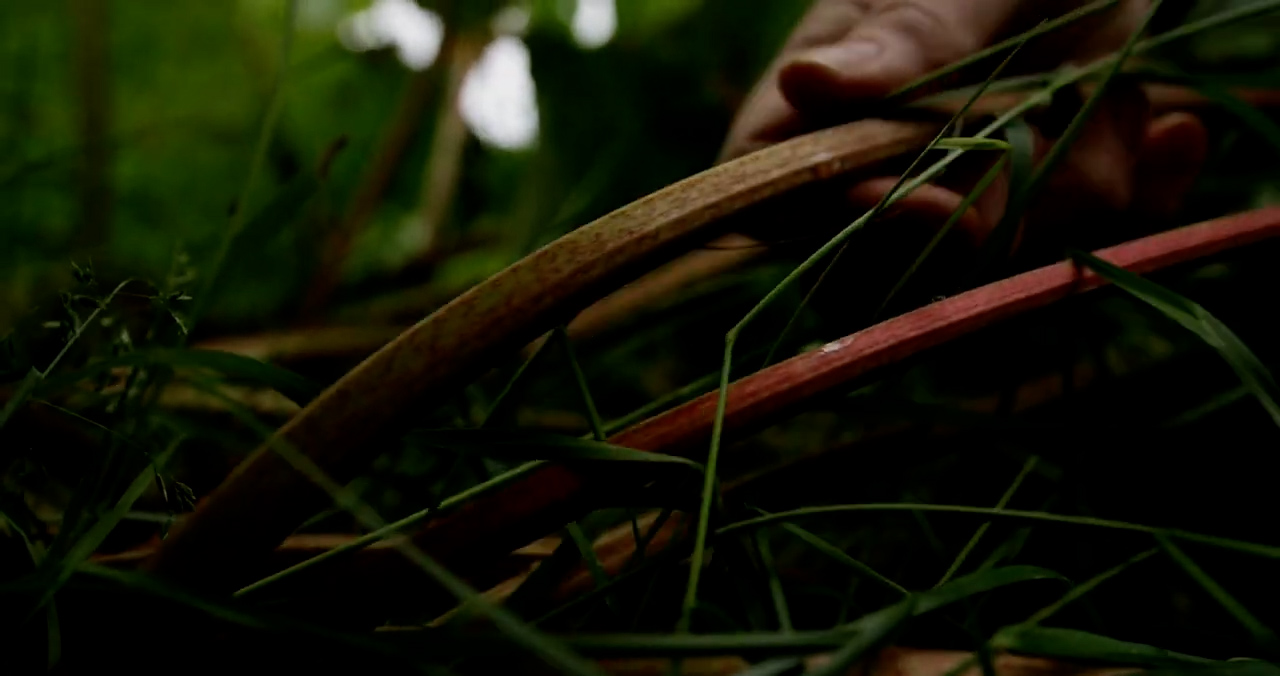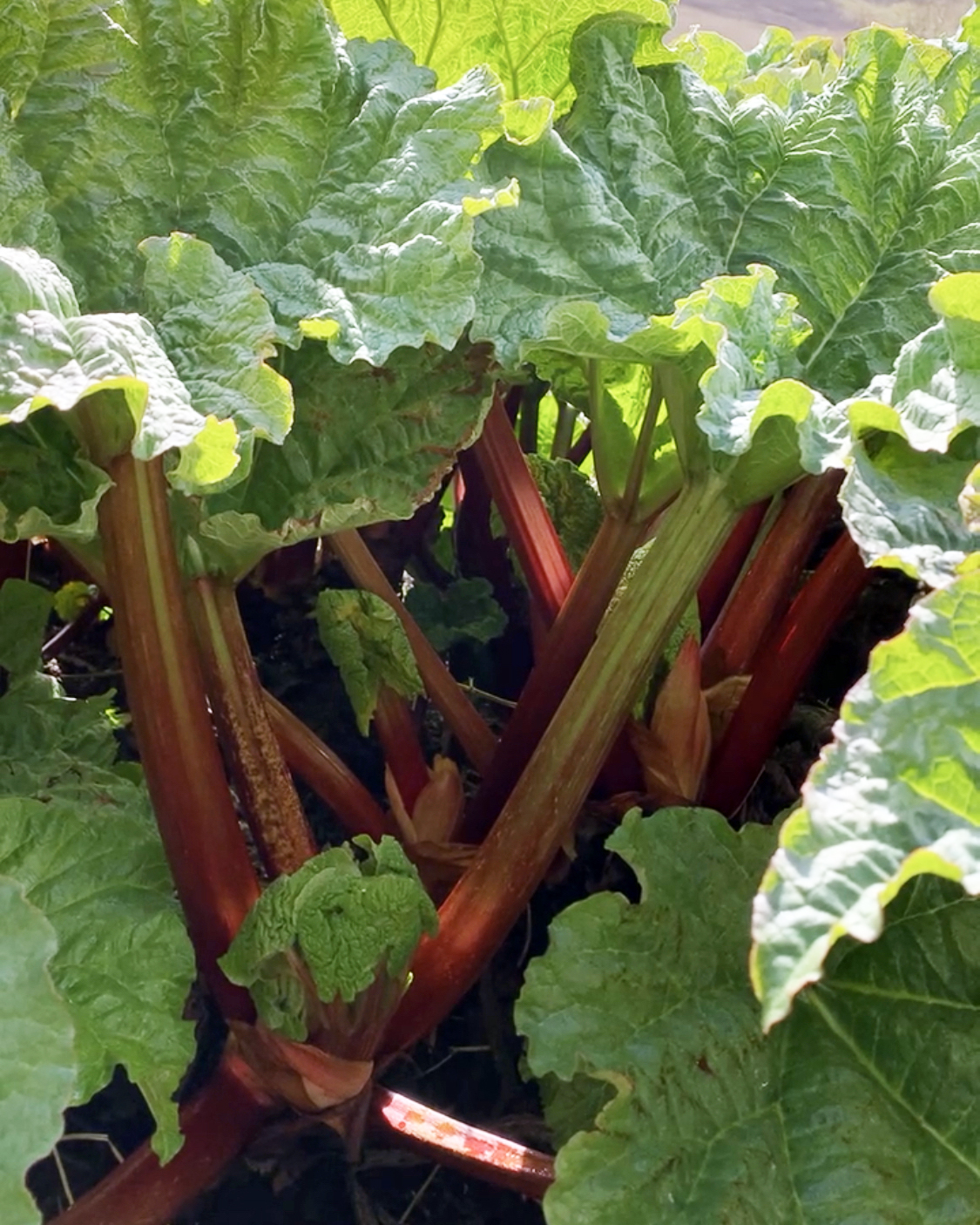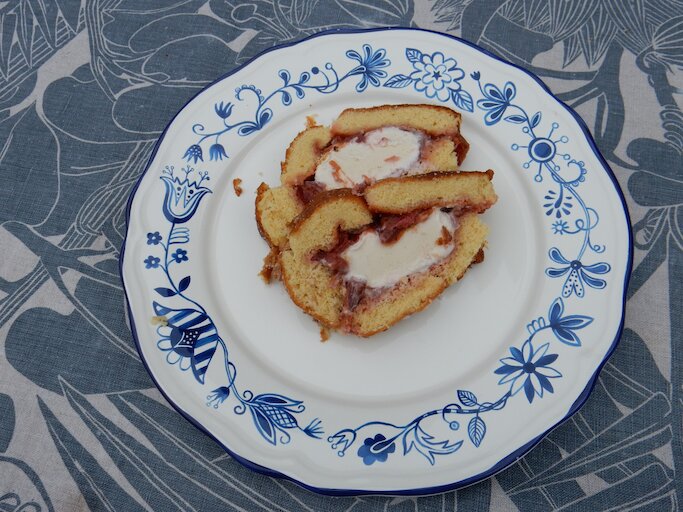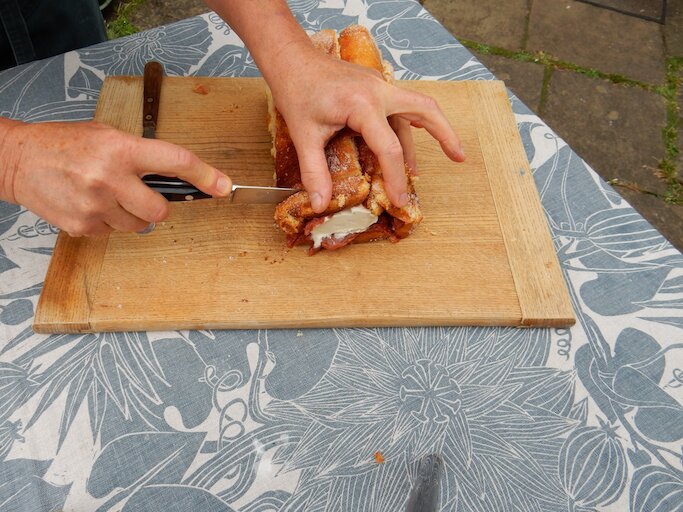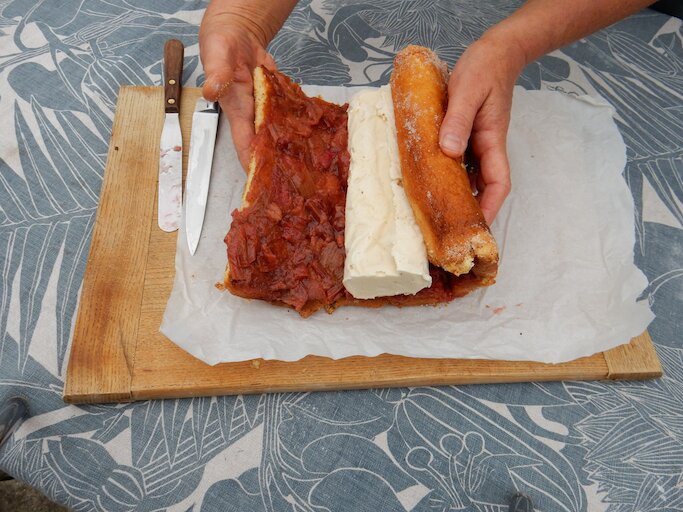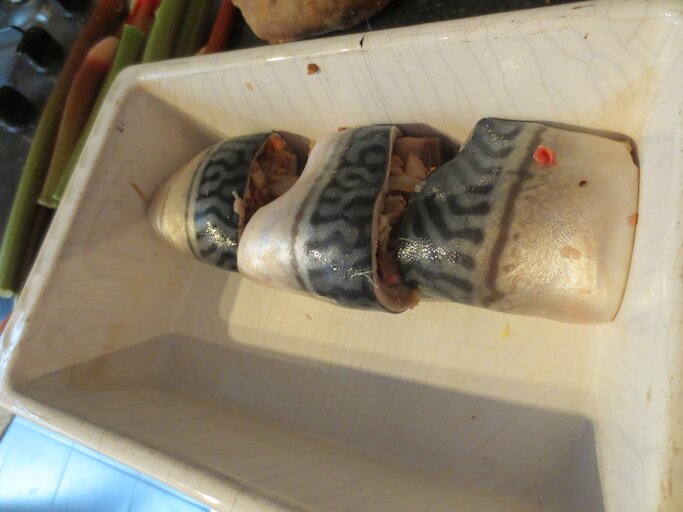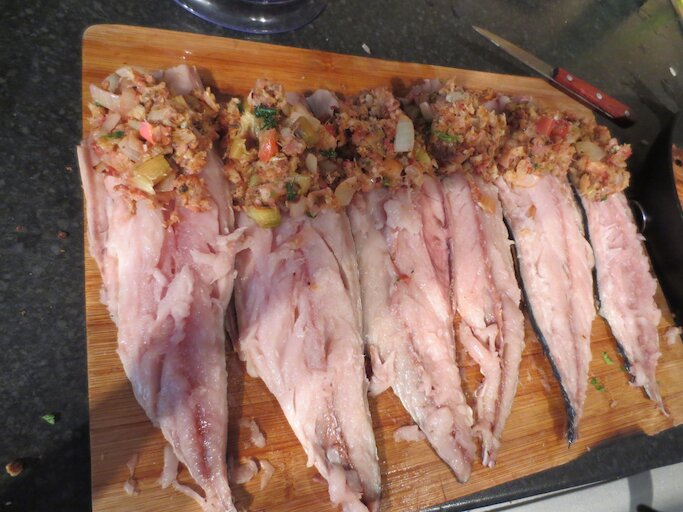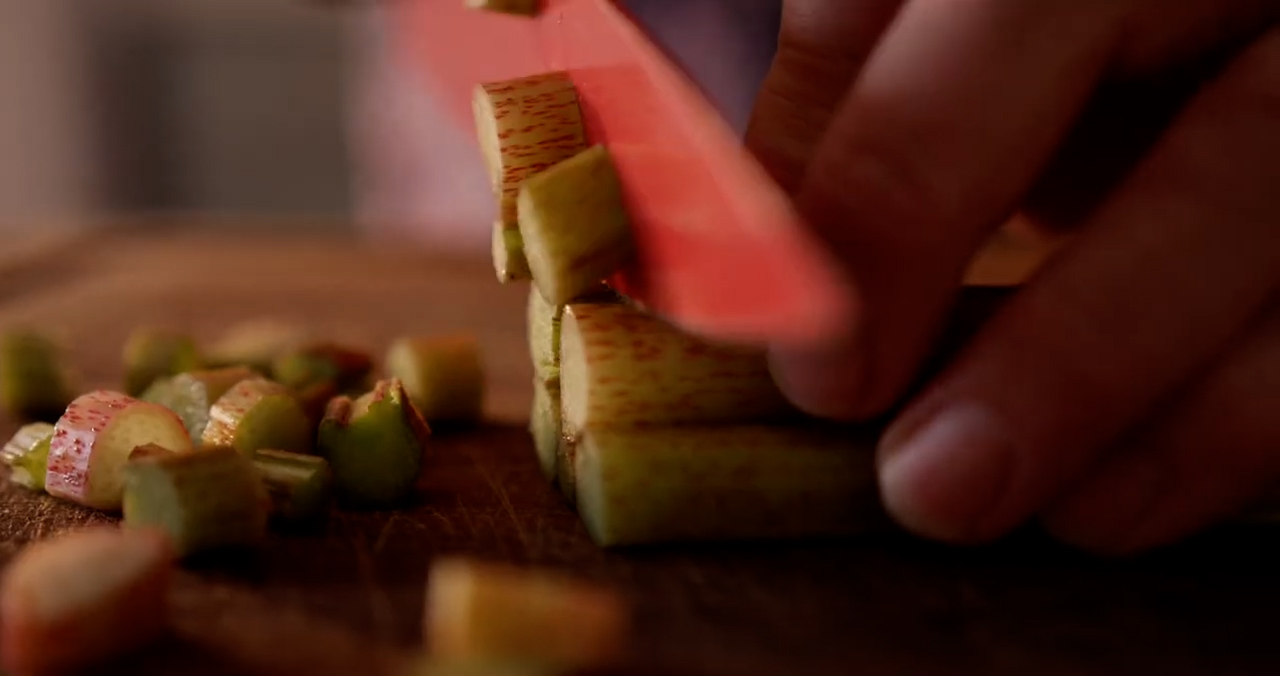For more than two centuries households throughout Shetland have been picking the abundant stalks at their freshest, preserving them by making jams and chutneys for consuming throughout the year. You will often find them among the prizewinning produce at summer agricultural shows.
As a recipe component rhubarb is perhaps most commonly found serving as the base for desserts such as crumbles or fools.
But, as Jenny points out, it is a “wonderfully versatile” ingredient whose sharpness lends itself to anything from pickles accompanying meat and fish to infusions adding flavour to multiple varieties of alcohol.
Jenny, who enjoys a burgeoning reputation as a lively authority on Shetland food and drink having moved home three years ago, is forever busy experimenting in her kitchen.
By happy coincidence, when Taste of Shetland gets in touch she is “having a bit of a rhubarb day” making honey-fermented rhubarb, pickled rhubarb, crumbles, a “rhubarbecue” sauce and the beginnings of a rhubarb cheong (fruit syrup).

